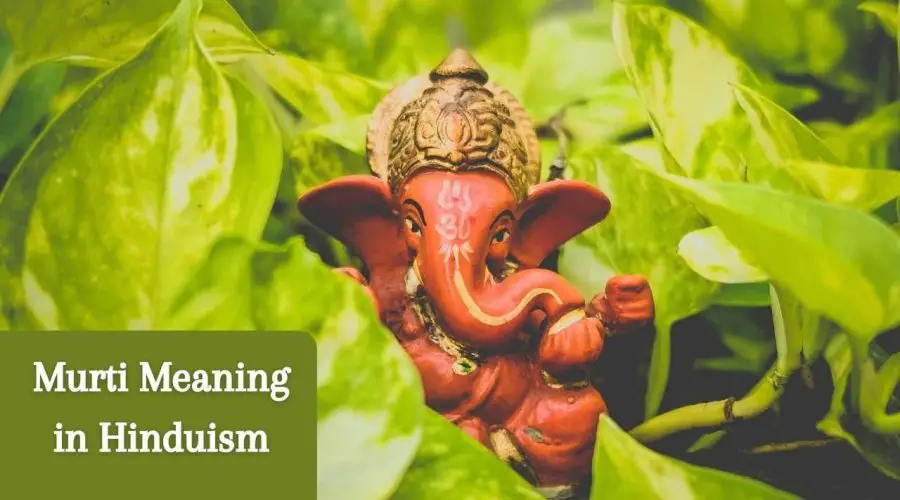Decoding the meaning of Murti in Hinduism | Hint: It is not an idol
In Hinduism, the term murti is often used. The term murti is often used to refer to an image or idol. For the mere fact that ‘idol’ has multiple implications in English, the majority of which are unfavourable, it cannot be regarded as a good translation of the Sanskrit term murti.
Murti, on the other hand, is commonly thought to be the embodied representation of the Divine principle in the Hindu religion.
Any shape, the majority of which are human, might be used as a representation. However, various animal shapes or the forms of other living creatures are often used to symbolise divine power.
The iconography in the many forms of the murti is fascinating since most of these forms are visual developments of natural bodies. A murti with a human figure with several limbs or heads, for example, is extremely frequent. These are the divine creatures’ supra-normal abilities.
A murti is not just a symbol of the Divine, but it is also turned divine by evoking the Divine’s power via a rite known as prana-pratishtha, or the invocation of life.
Do you know?
Sri Ramakrishna checked the Kali murti at the Dakshineswar temple to determine whether it was a live murti, and was relieved to discover that it was indeed breathing! As a result, a murti in the traditional Indian understanding is not only a symbol, emblem, picture, or idol, but rather a living embodiment of the Divine.

